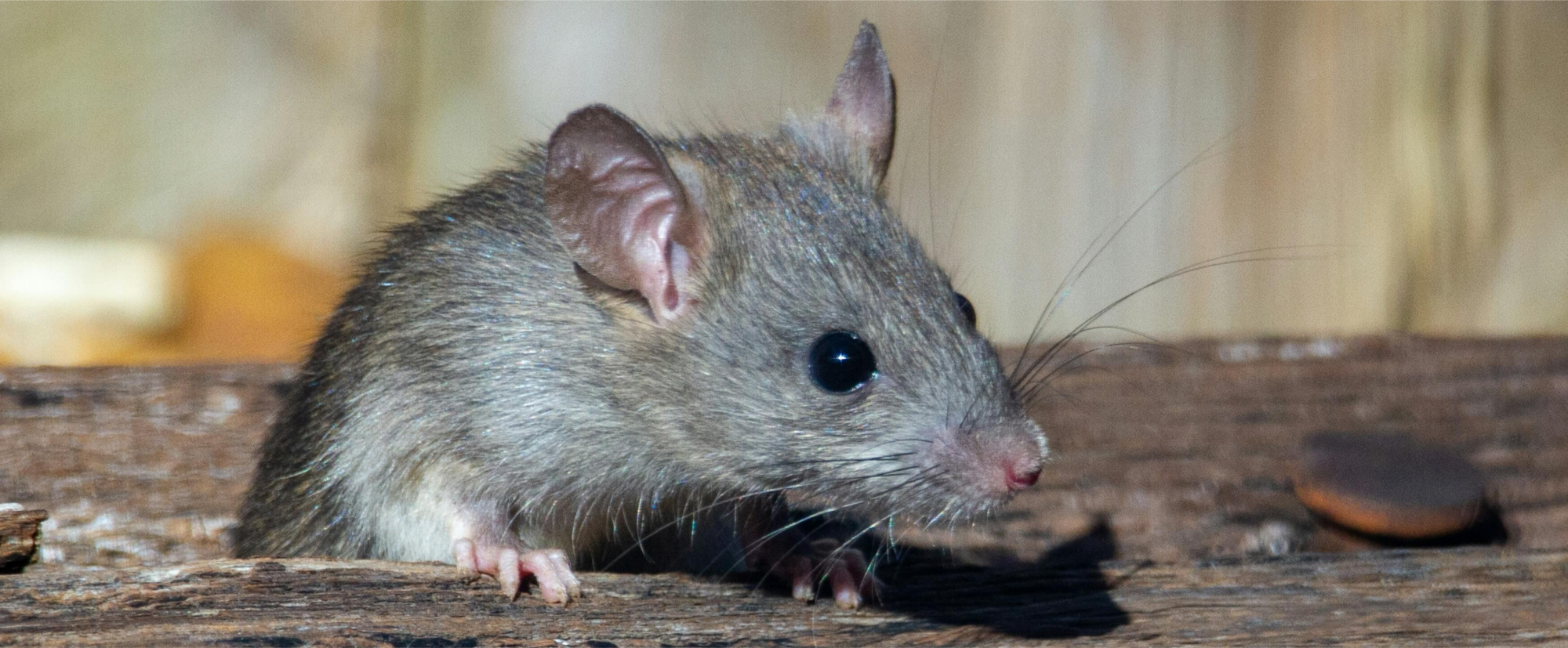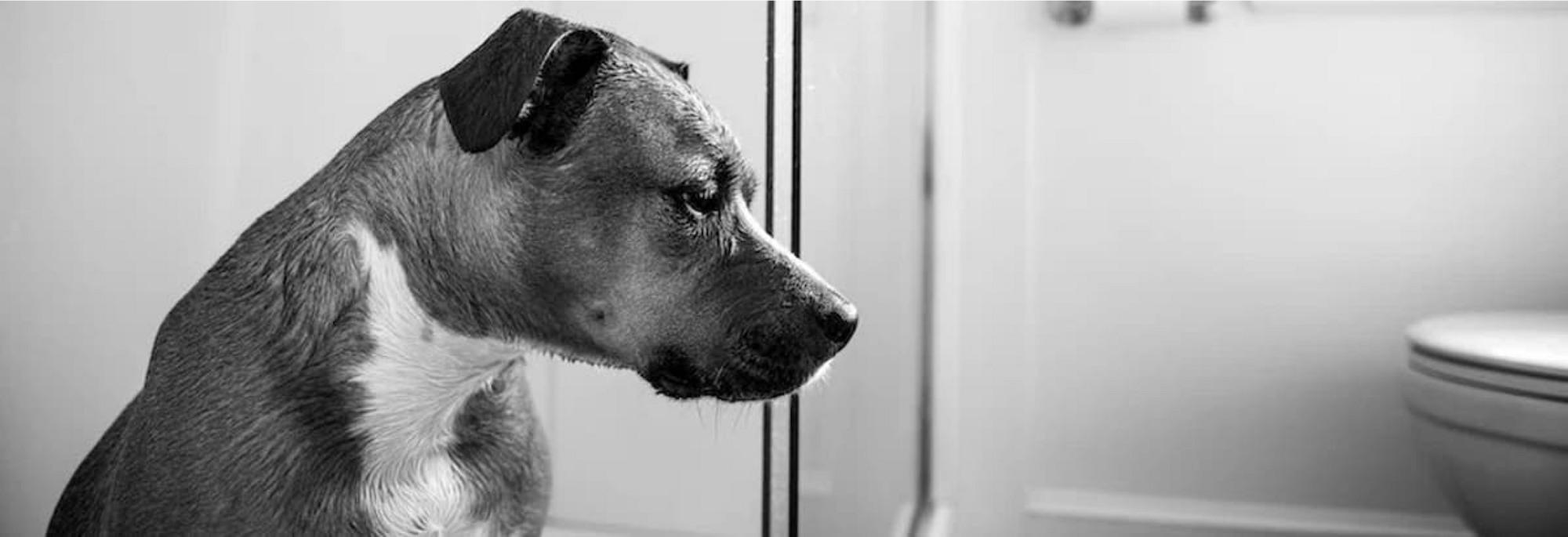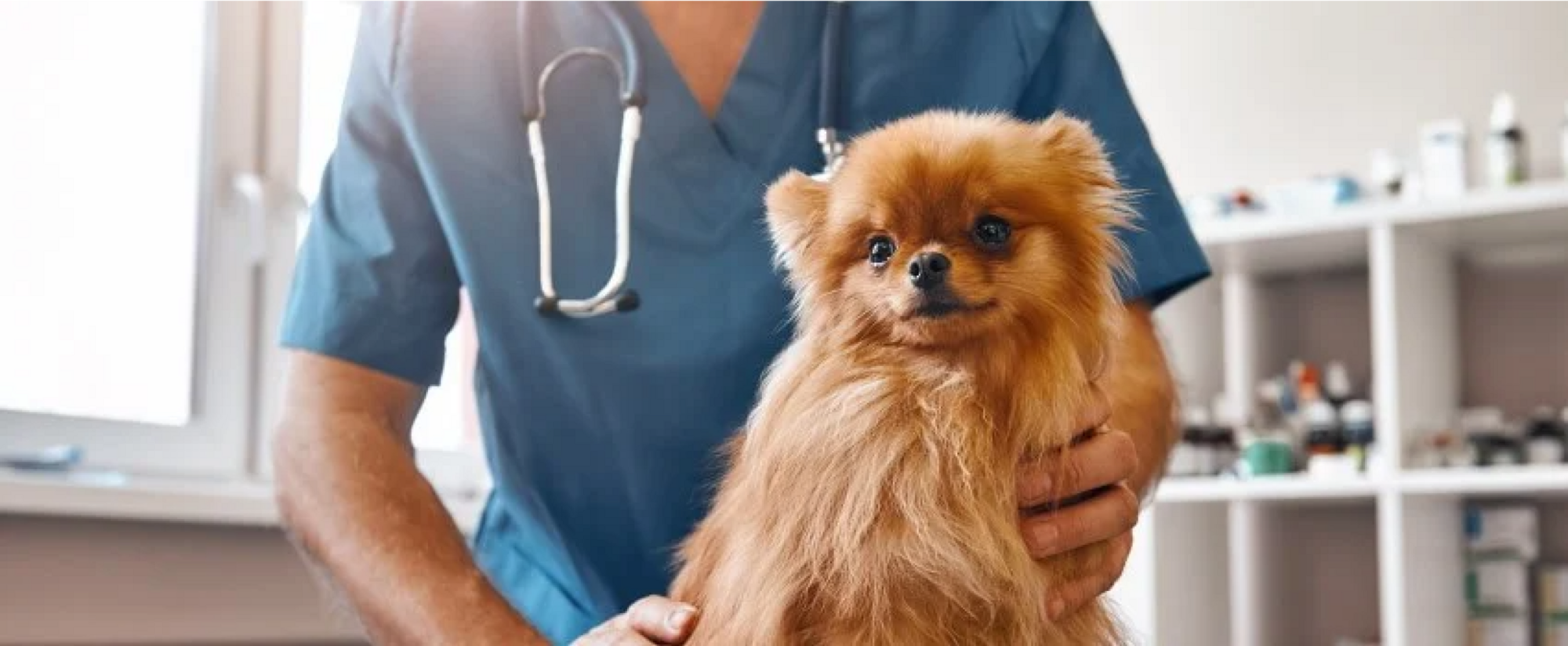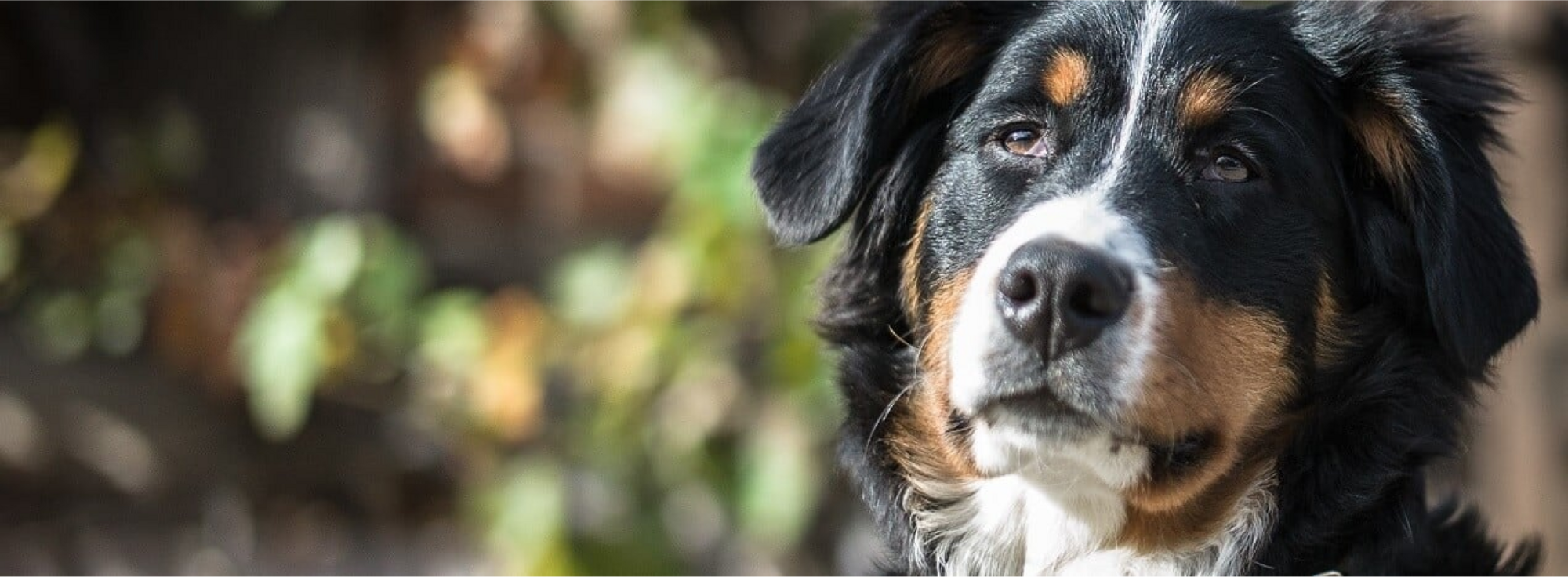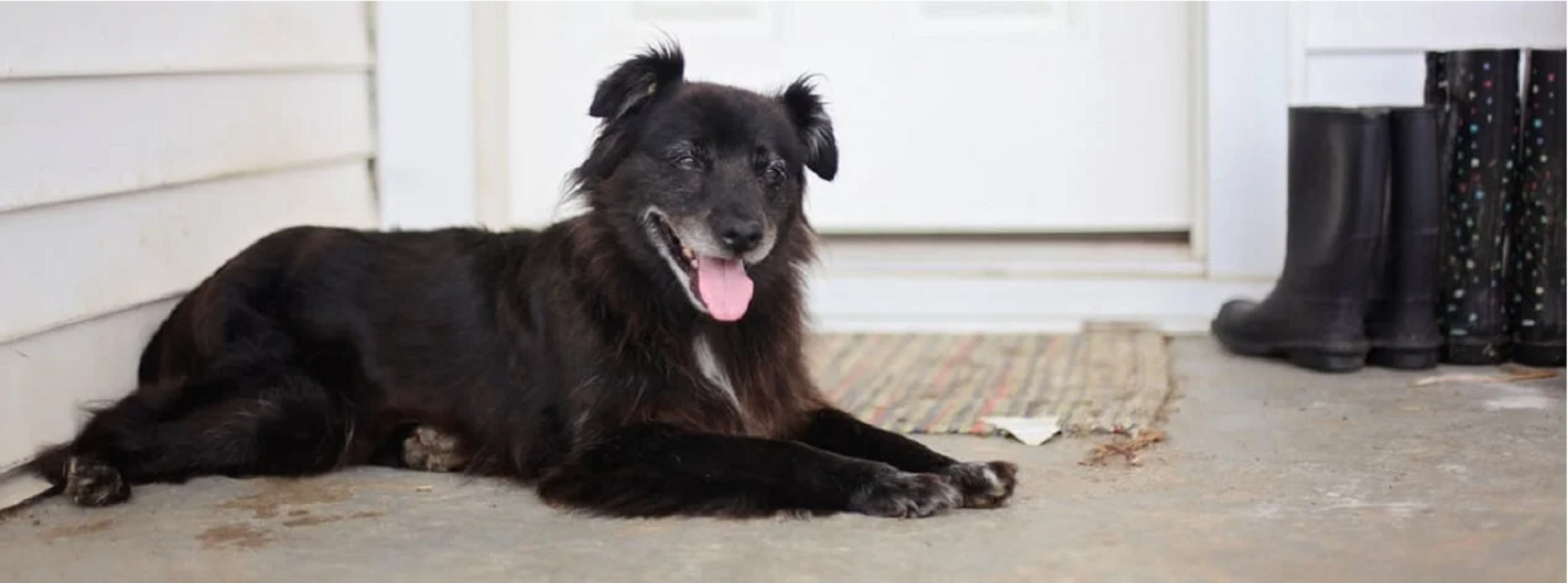Vitamin K1 is needed for the body to make certain clotting factors that enable the blood to clot. Anticoagulant rodenticides inhibit an enzyme which is involved in the recycling and production of vitamin K1 and subsequent clotting factors, which prevents the blood from clotting and results in uncontrolled bleeding.
Anticoagulant rodenticides are classified as first-generation or second-generation products:
- First-generation anticoagulant rodenticides (eg warfarin, coumatetralyl, diphacinone) are 'multi-dose anticoagulants', meaning they must be consumed for multiple feedings to achieve a lethal dose. These work more slowly and break down more quickly in the body, ultimately making them less lethal than second-generation baits.
- Second-generation anticoagulant rodenticides (eg brodifacoum ("Ratsak"), bromadiolone, difethialone, difenacoum, flocoumafen) are 'single-dose anticoagulants', meaning that a lethal dose can be ingested in just a single feeding. These baits are more potent with a higher risk of secondary poisoning as they are slower to break down in the body. If a pet eats a second-generation rodenticide, the effects are much longer acting and require more prolonged treatment.
